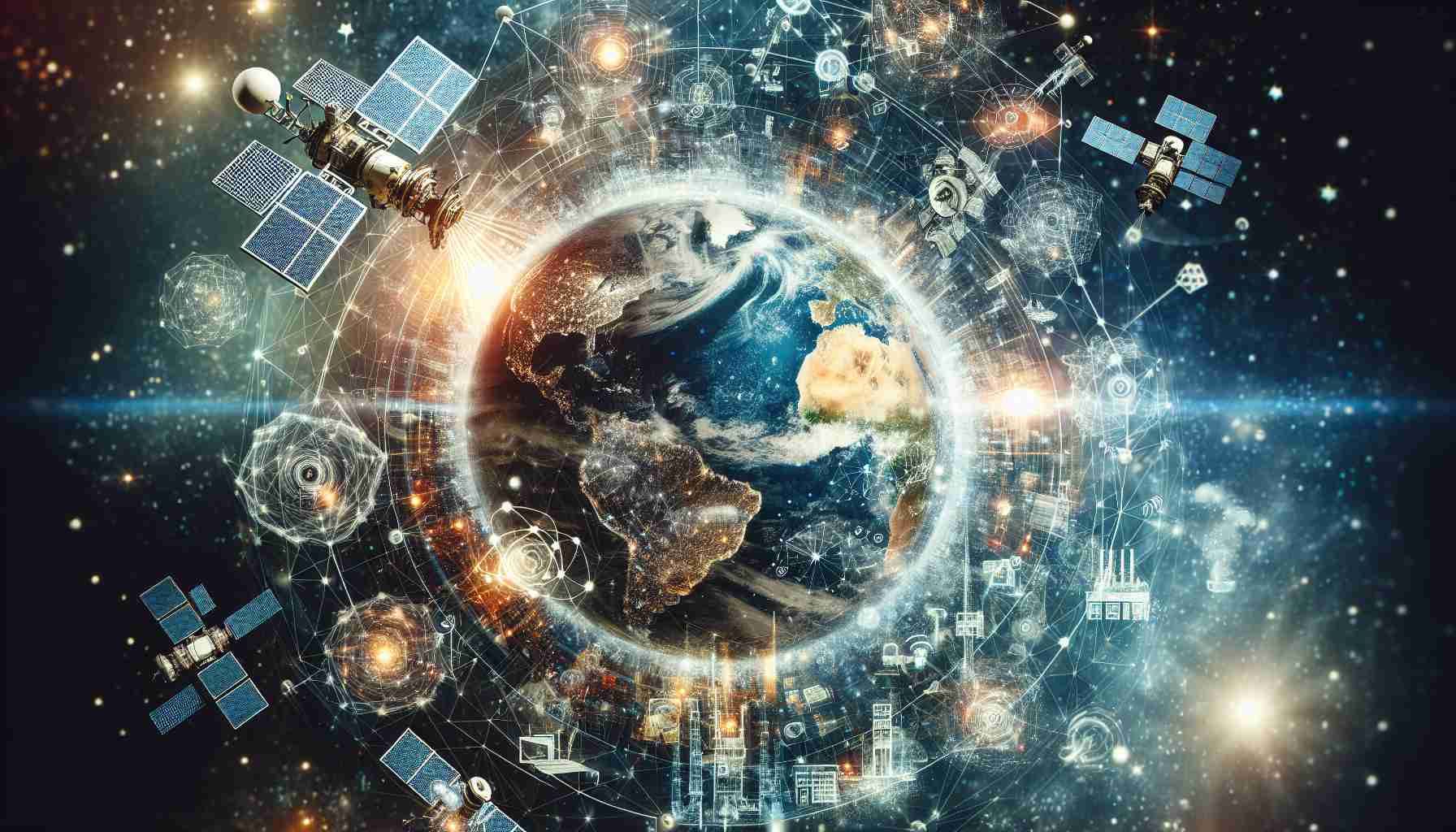The realm of satellite IoT is poised for phenomenal expansion, with a recent report projecting a remarkable surge in subscribers over the coming years. The study indicates that a significant rise is anticipated, with the global satellite IoT subscriber base forecasted to soar from 5.1 million to 26.7 million units by 2028, showcasing a substantial compound annual growth rate of 39.2 percent.
While only a fraction of the Earth’s surface is currently covered by terrestrial connectivity services, the realm of satellite IoT offers immense potential. This form of connectivity serves as a vital supplement to traditional networks, particularly in remote regions. Industries such as agriculture, asset tracking, transportation, oil and gas exploration, and government sectors are set to benefit significantly from satellite IoT’s capabilities.
The landscape of satellite IoT is evolving rapidly, with an array of established operators and numerous new initiatives entering the fray. The sector is witnessing heightened competition, as evidenced by the diverse array of 40 satellite IoT operators scrutinized in the report.
Leaders in the field such as Iridium, Orbcomm, Viasat (Inmarsat), and Globalstar are at the forefront of the satellite IoT market. Iridium, in particular, has demonstrated robust growth, boosting its subscriber base by 17 percent in the last year to 1.8 million subscribers.
The industry is also witnessing a surge in new entrants, with projects like Astrocast, AST SpaceMobile, and Ligado Networks disrupting the traditional satellite IoT landscape. Collaborations between satellite and mobile operators are paving the way for innovative hybrid satellite-terrestrial connectivity solutions, heralding a new era of seamless global communication.
Expanding Horizons in Satellite IoT Connectivity
The future of global connectivity through satellite IoT is a promising frontier that holds great potential for various industries and remote regions worldwide. As we delve deeper into this domain, several key questions emerge, shedding light on the challenges, advantages, and controversies associated with satellite IoT technology.
Important Questions:
1. How will satellite IoT technology impact industries beyond traditional sectors like agriculture and transportation?
2. What are the key security and privacy concerns associated with the vast network of satellite-connected devices?
3. How will regulatory bodies address spectrum allocation and management to accommodate the increasing demand for satellite IoT services?
4. What advancements in satellite IoT infrastructure are on the horizon to enhance coverage and reliability?
Key Challenges:
1. Interference Mitigation: Ensuring seamless connectivity in dense urban areas or regions with high terrestrial network congestion.
2. Power Consumption: Optimizing energy usage for satellite IoT devices to prolong battery life and reduce operational costs.
3. Data Security: Protecting sensitive information transmitted through satellite IoT networks from cyber threats and unauthorized access.
4. Standardization: Establishing universal protocols and standards for interoperability among diverse satellite IoT systems.
Advantages:
1. Global Reach: Satellite IoT enables connectivity in remote and underserved areas where traditional networks may be non-existent.
2. Scalability: The ability to quickly deploy and expand satellite IoT networks to accommodate growing demand and new use cases.
3. Reliability: Satellite connections offer robust coverage and continuity even in harsh environmental conditions or during natural disasters.
4. Innovation: Satellite IoT fosters innovation in industries by enabling real-time data monitoring, predictive analytics, and autonomous operations.
Disadvantages:
1. Latency: Satellite connections may introduce delays in data transmission, impacting time-sensitive applications like real-time communications.
2. Cost: Initial investment and operational expenses for satellite IoT infrastructure and services can be relatively high compared to terrestrial alternatives.
3. Signal Interference: Environmental factors, electromagnetic interference, and signal blockages can affect the reliability and performance of satellite IoT connections.
4. Integration Complexity: Integrating satellite IoT solutions with existing networks and platforms may require specialized expertise and resources.
In navigating the evolving landscape of satellite IoT, staying abreast of technological advancements, regulatory developments, and market trends is crucial for harnessing the full potential of global connectivity through satellite networks.
For further insights into the future of satellite IoT and emerging trends in connectivity technologies, visit Satellite Today.



















